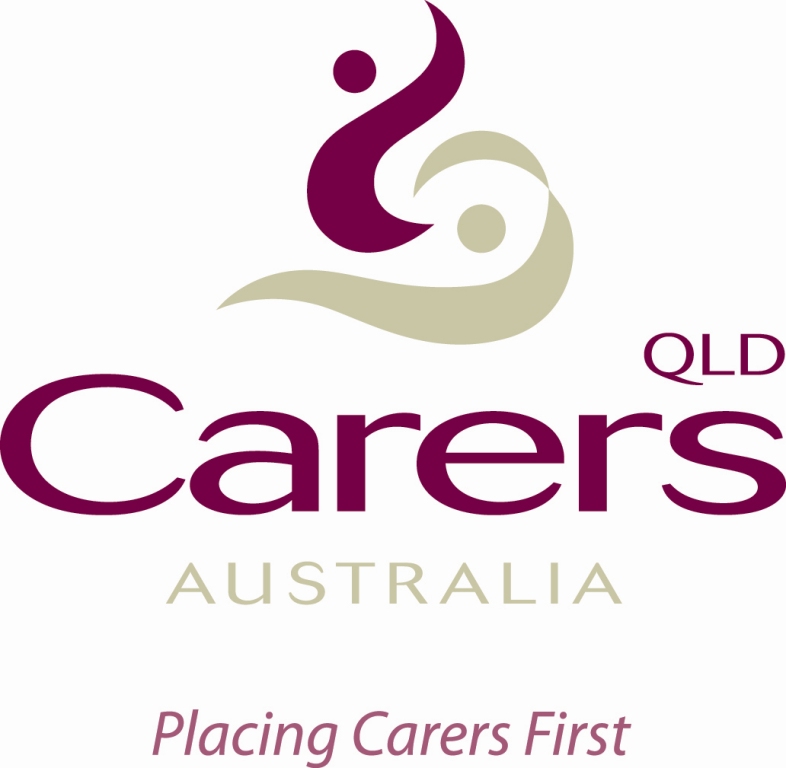About treatment
Next, we will look at the available treatments and interventions for mental illness. It is often difficult for carers and the person with a mental illness to accept that treatment is not a cure.
The goal of treatment is to help people achieve a state of wellness. Some people can fully recover, while others have symptoms that persist or new symptoms that emerge and require ongoing treatment.
What are the goals of treatment?
Goals will include: stabilising symptoms; increasing a person’s awareness of their illness; identifying early warning signs that indicate a person is becoming unwell; adopting preventative measures to reduce severity of, or prevent, future episodes; developing strategies to manage ongoing symptoms.
What is the overall goal of treatment?
The overall goal of treatment is to assist people to return to the best quality of life possible. ‘Quality of life’ is determined by the ideals and values of the person with the mental illness. It is likely that what they consider as ‘ideal’ will differ to what they considered ideal before the onset of the illness.
Who creates the treatment plan?
Treatment plans are created by a mental health professional. The plans take into account the needs of the individual, as well as the feedback of carers. They are evidence-based (proven to have worked in similar situations) and adhere to legal requirements, especially in the areas of informed consent and mental capacity.







